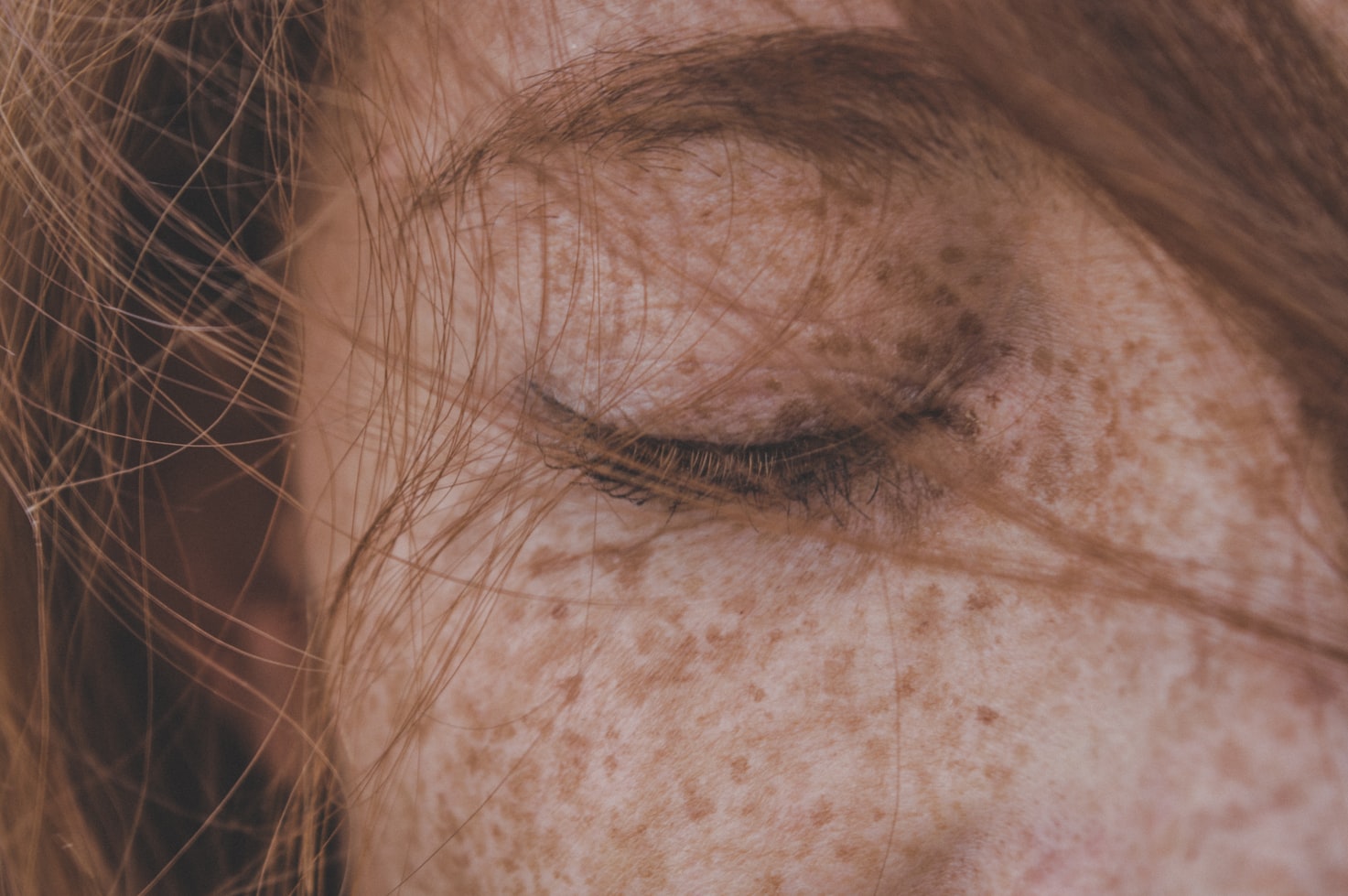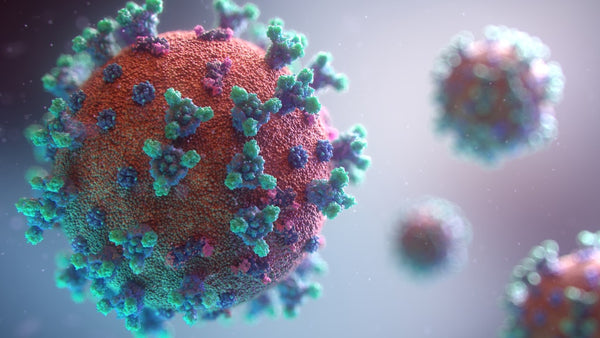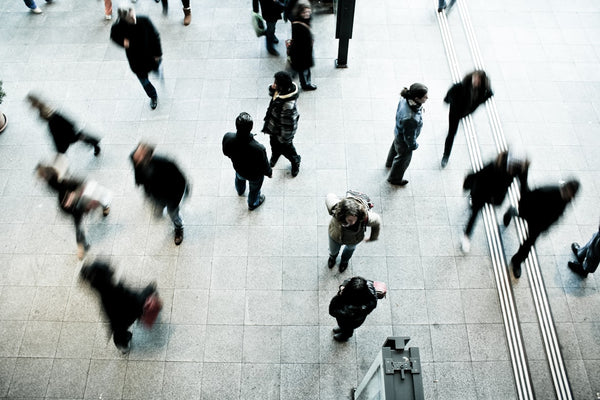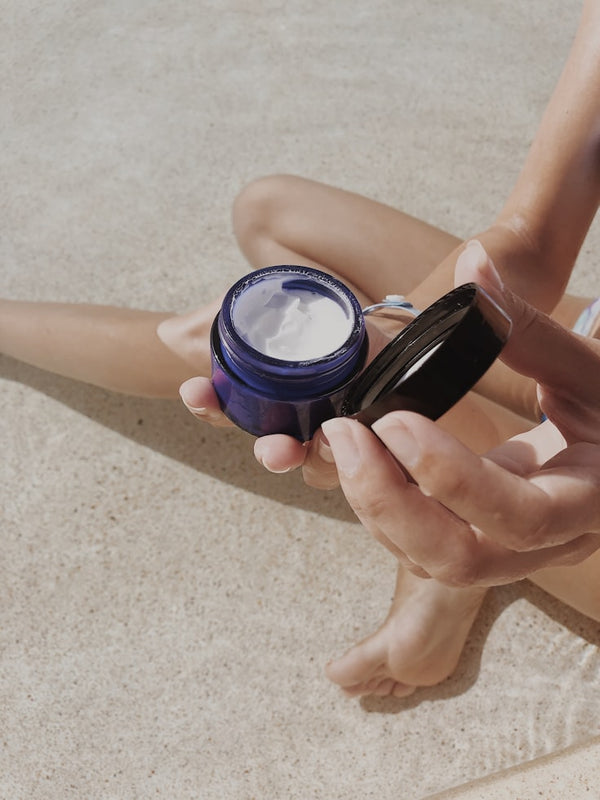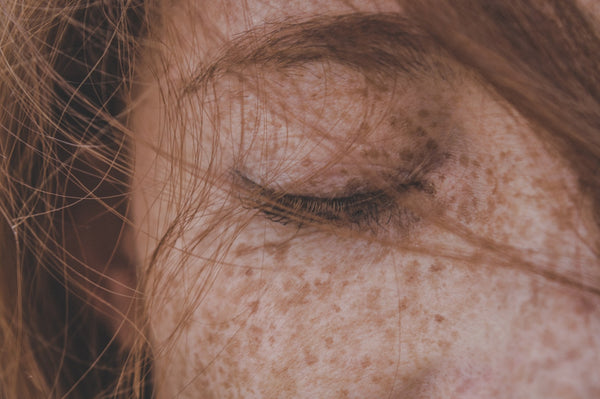While the number of cases of melanoma skin cancer, i.e. malignant skin cancer, continues to rise in Europe, it appears to be falling in North America and Oceania. A group of scientists from France, Colombia, Brisbane, Atlanta and Great Britain investigated the reasons for this. They examined how the cases of malignant melanoma in different parts of the world have developed in recent years.
What was examined?
Now it is difficult to say for an entire population how much they are exposed to UV radiation. Data that breaks down every citizen of a city, when they were exposed to what UV-Index and with what protections in of the sun does not exist. In addition, there is no people that can live completely without the influence of the sun. Therefore, the investigation had to find another way to analyze the risks.
The approach
So the scientists looked at diagnoses of melanoma in the context of country, age, and gender for the year 2012. They compared these with a reference cohort from Great Britain born in 1903. They chose this period because it was customary at the time for clothing to cover almost the entire body. The researchers found that among the people who lived around 1903, only one in 100,000 suffered from malignant skin cancer.
For the comparison, the scientists used the GLOBOCAN 2012 survey, which collected all countries with at least ten melanoma cases and their case numbers - after all, 153 countries and 96 percent of the melanoma burden worldwide.
In a second analysis, the scientists concluded how many of the cases of melanoma skin cancer could have been prevented if sufferers experienced case rates similar to those in sub-Saharan Africa. The South African population is highly pigmented, mostly black and experiences fewer cases of melanoma formation.
The results of the study on melanoma skin cancer
Their analyzes show that of the melanoma cases newly diagnosed in 2012, around 75 percent can be traced back to UVR exposure. In relation to all new cancer cases, this is more than one percent that can be directly linked to UV radiation. More than 90 percent of melanoma skin cancer cases occur in very highly developed countries. The age groups between 50 and 69 years and more men than women are particularly affected.
The group's vote: We urgently need to provide more information, protect ourselves better and talk about the influence of UV rays. According to the scientists, the number of cases in this country could also be reduced to a level of the less endangered regions. Not only light skin types are particularly at risk, but also our exposure to the sun - frequent sunbathing, very short clothing on warm days that exposes the skin to the sun, the tendency to choose sunny areas for vacation spots - are indicators.
The study attaches particular importance to emphasizing that parents in particular must pay attention to how much UV radiation their children are exposed to, since our skin is very susceptible to carcinoma in childhood and adolescence.
Source:

